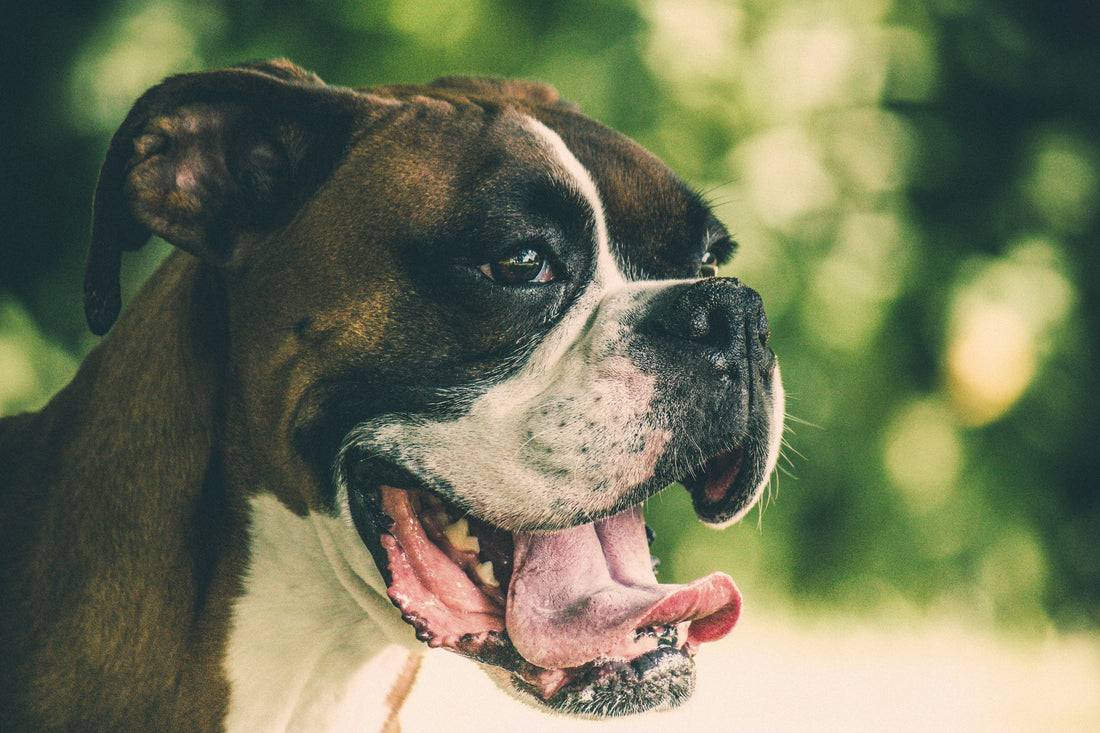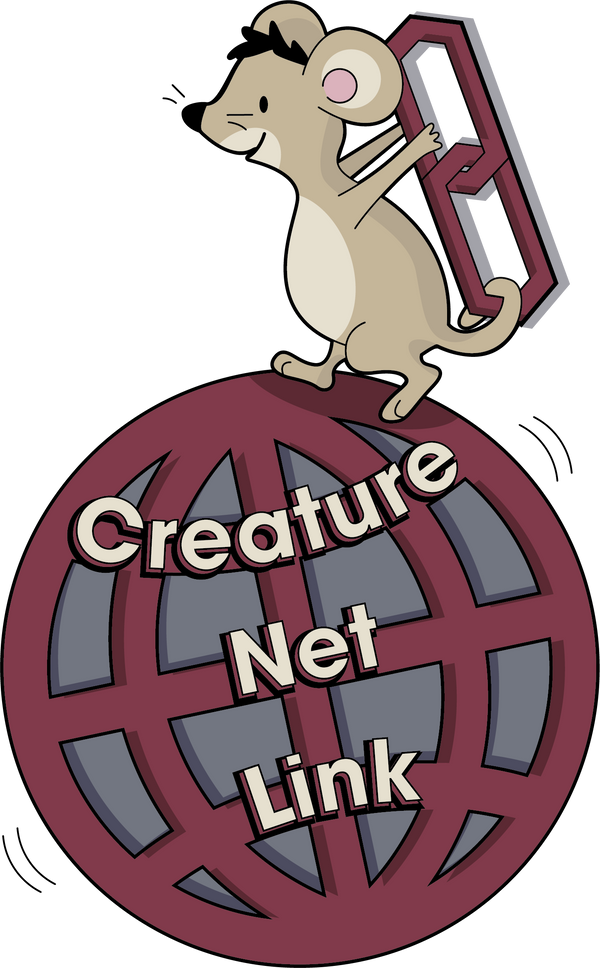
Cruciate ligament rupture
Share
Dogs have a ligament in the knee called the cranial cruciate ligament (CCL)—similar to the ACL in humans. It stabilizes the stifle joint (dog knee) by preventing the shin bone (tibia) from sliding forward beneath the thigh bone (femur). This is a very common injury that we see on a weekly basis. It can easily happen in an acute trauma fashion but often running up and down along fences with sudden turns at the end does, over a period of time, the damage.
What Happens When It Ruptures?
The CCL can tear partially or completely. Often the history involves a lameness that gets better with rest and only reappears a few weeks from time of first injury. This cycle can continue for months and years until finally the ligament tears completely making the dog unable to take weight on the affected leg. Any amount of rupture is going to cause pain, inflammation and instability, all to a lesser or greater extend. If left untreated, the looseness in the stifle joint will cause the body to lay down bone and cause arthritis.
Which Dogs Are Most at Risk?
- Middle-aged, large breed dogs (e.g., Labradors, Rottweilers, Boxers). Often smaller breeds and medium breeds are well represented.
- Dogs with poor rear limb conformation, especially bowed legs
- Overweight dogs (extra stress on joints)
- Highly active or athletic dogs
- Dogs with previous cruciate injury in the opposite leg (very common)

Signs of a Cruciate Rupture
- Sudden limping on a back leg
- Non-weight bearing or toe-touching lameness
- Difficulty rising, jumping, or using stairs
- Swelling around the knee
- Sitting with the leg stuck out to the side
- Muscle loss in the thigh if condition is chronic
Diagnosis
- Veterinary exam (cranial drawer determining cranio-caudal laxity of the knee)
- Sedation or anesthesia often needed to confirm, as dogs with strong tense muscles will give false negatives
- X-rays to assess joint effusion, arthritis (this is often visible in chronic cases), or rule out other issues (eg if there is extensive hip dysplasia or spondylosis, the patient may not be a good surgical candidate, and a more conservative approach may be a better option)

Treatment Options
1. Surgery (Best for medium to large dogs)
- TPLO (Tibial Plateau Leveling Osteotomy):
Alters knee mechanics; very effective in active dogs. Surgical specialist necessary - TTA (Tibial Tuberosity Advancement):
Also changes the forces in the knee, also done mostly by specialists - Lateral Suture Technique:
More common in small dogs or those with financial limitations. This is a good option, also as it can be done by most vets in private practice. - There re other procedures as well, that offer a more or less successful outcome
Surgical success rate is very much dependent on the post op care. More so in cruciate surgeries that other ops. 4-6 weeks (depending on procedure) confinement is going to have a huge impact on the outcome. One short run can ruin all the work and may require another op.
2. Conservative Management
Best suited for:
- Small dogs (<15 kg)
- Dogs with partial tears
- Dogs who are not good surgical candidates (e.g., due to age or health)
Includes:
- Strict rest (6–8 weeks): Crate or small room confinement
- Weight management: Reducing load on the joint is crucial
- Physical therapy
- Joint supplements
Herbal Medicine
Used to reduce inflammation, support healing, and manage pain.
- Boswellia serrata: Anti-inflammatory without GI side effects of NSAIDs
- Turmeric (Curcumin): Natural anti-inflammatory, often given with black pepper (piperine) to enhance absorption
- Devil’s Claw: Pain relief and anti-inflammatory effects
- Yucca: Supports joint function
- Rehmannia and Angelica: Often used in Chinese formulas for ligament and tendon repair
(Always work with a vet trained in herbal medicine. Some herbs can interact with other medications)
Acupuncture
- Reduces pain, inflammation, and muscle spasms
- Stimulates circulation and healing in the stifle
- Can be especially useful in the early stages or post-op
- Electroacupuncture may be particularly effective in muscle reactivation
Physiotherapy and Rehabilitation
Critical component of conservative and post-op care. May include:
- Laser therapy: Reduces pain, encourages healing
- Therapeutic ultrasound: Aids soft tissue healing
- Hydrotherapy: Builds muscle without stressing the joint
- Massage and range-of-motion exercises
Orthopedic Braces
- Can support the joint and limit motion
- May help build scar tissue and stabilize the stifle
- Works best with a custom-fit brace and when combined with physical therapy
Nutraceuticals (often used long-term)
- Glucosamine & Chondroitin: Cartilage support
- MSM (Methylsulfonylmethane): Anti-inflammatory
- Omega-3 fatty acids (from fish oil): Reduces joint inflammation
- Hyaluronic acid: Joint lubrication

Lifewave patches
- X39 - stem cell stimulation for healing
- Carnosine - supports ligament and muscle healing
- Aeon - anti-inflammatory effect

When to Consider Surgery Despite Alternatives
- Large, active dogs
- Complete tears with instability
- Failure to improve with conservative care
- Bilateral CCL injuries
Long-Term Considerations
- Dogs with one torn CCL have a 40–60% chance of tearing the other
- Arthritis develops to some degree in all cases
- Weight control and joint support (like omega-3s, glucosamine) are critical

Preventive Tips
- Maintain a healthy weight
- Keep muscles strong with regular, low-impact exercise
- Avoid sudden, intense activity if your dog is inactive or overweight
- Supportive nutrition for joint health
Cruciates are common injuries and there are many treatment options for your pets.
Best of luck
Dr. Sarah
